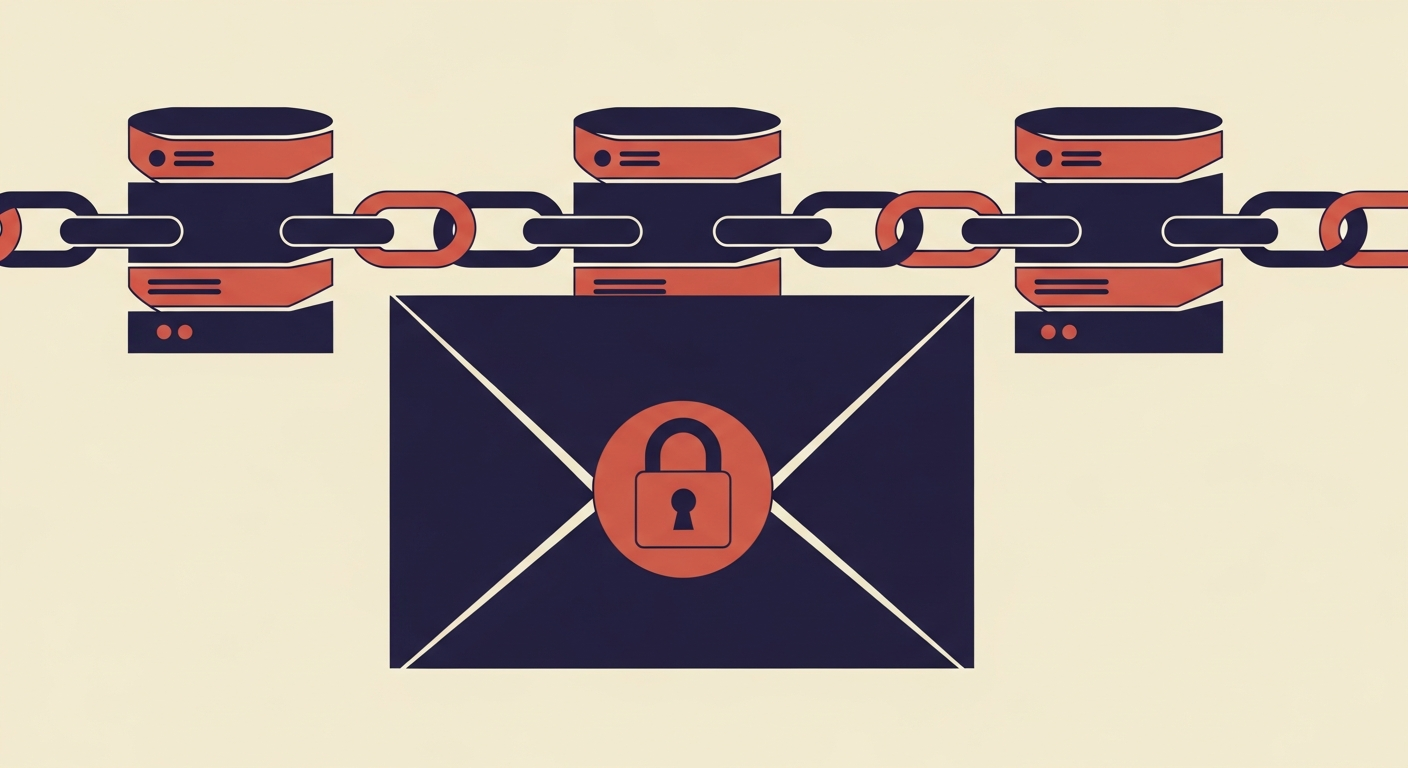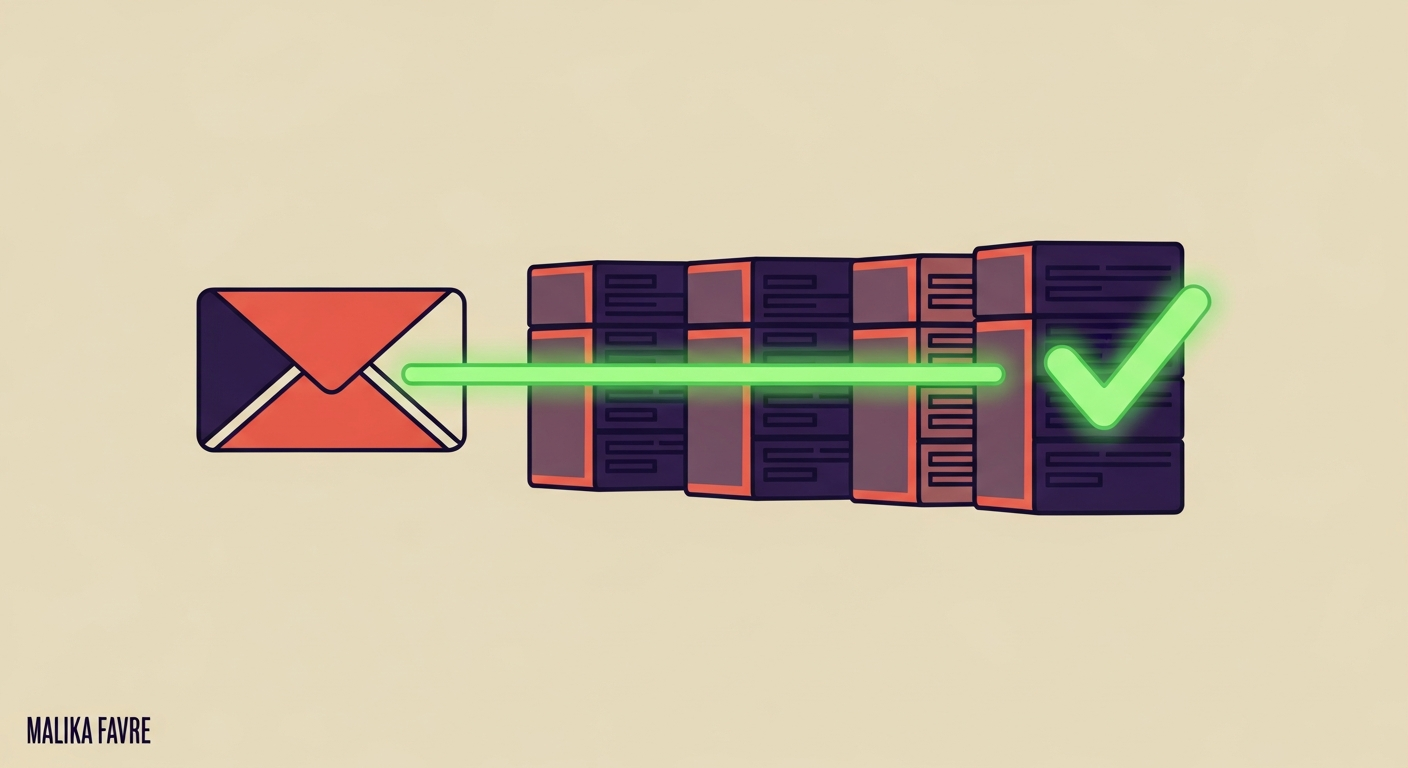What is the 'bh=' tag in an ARC-Message-Signature header?

Matthew Whittaker
Co-founder & CTO, Suped
Published 12 Mar 2025
Updated 26 Sep 2025
8 min read


ARC-Message-Signature: i=1; a=rsa-sha256; c=relaxed/relaxed; d=example.com; s=arcselector; t=1678886400; bh=2jmj7l5rSw0yVb_vlWAYkK_YBwk_BMJ8v6; h=from:to:subject:date:message-id; b=SGVsbG8gdGhpcyBpcyBhIHRlc3QgZW1haWw

 Suped, allows you to maintain consistent email authentication. Our unified platform brings together DMARC, SPF, and DKIM monitoring with blocklist and deliverability insights, providing a complete overview of your email health. The generous free plan makes advanced DMARC management accessible to everyone.
Suped, allows you to maintain consistent email authentication. Our unified platform brings together DMARC, SPF, and DKIM monitoring with blocklist and deliverability insights, providing a complete overview of your email health. The generous free plan makes advanced DMARC management accessible to everyone.